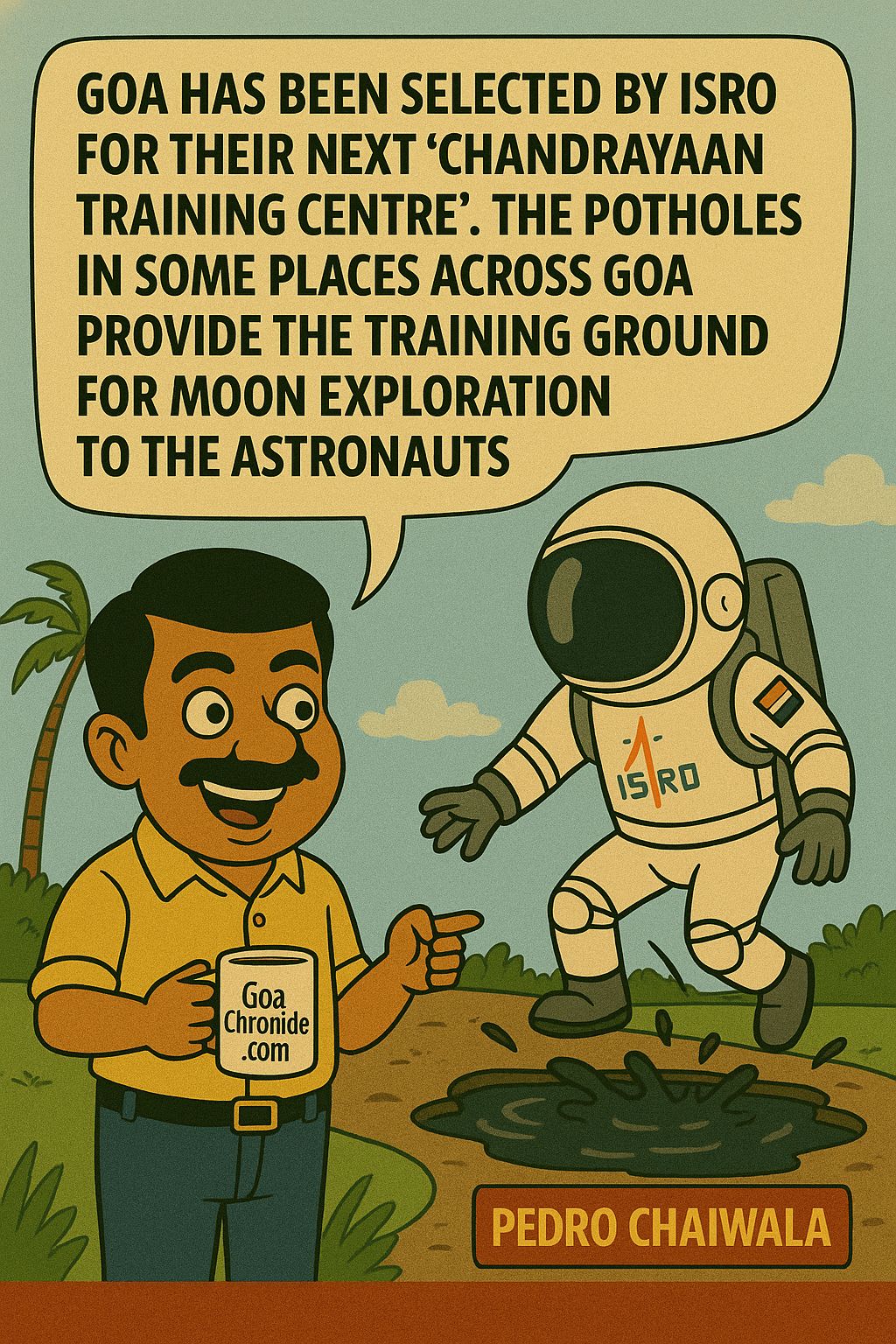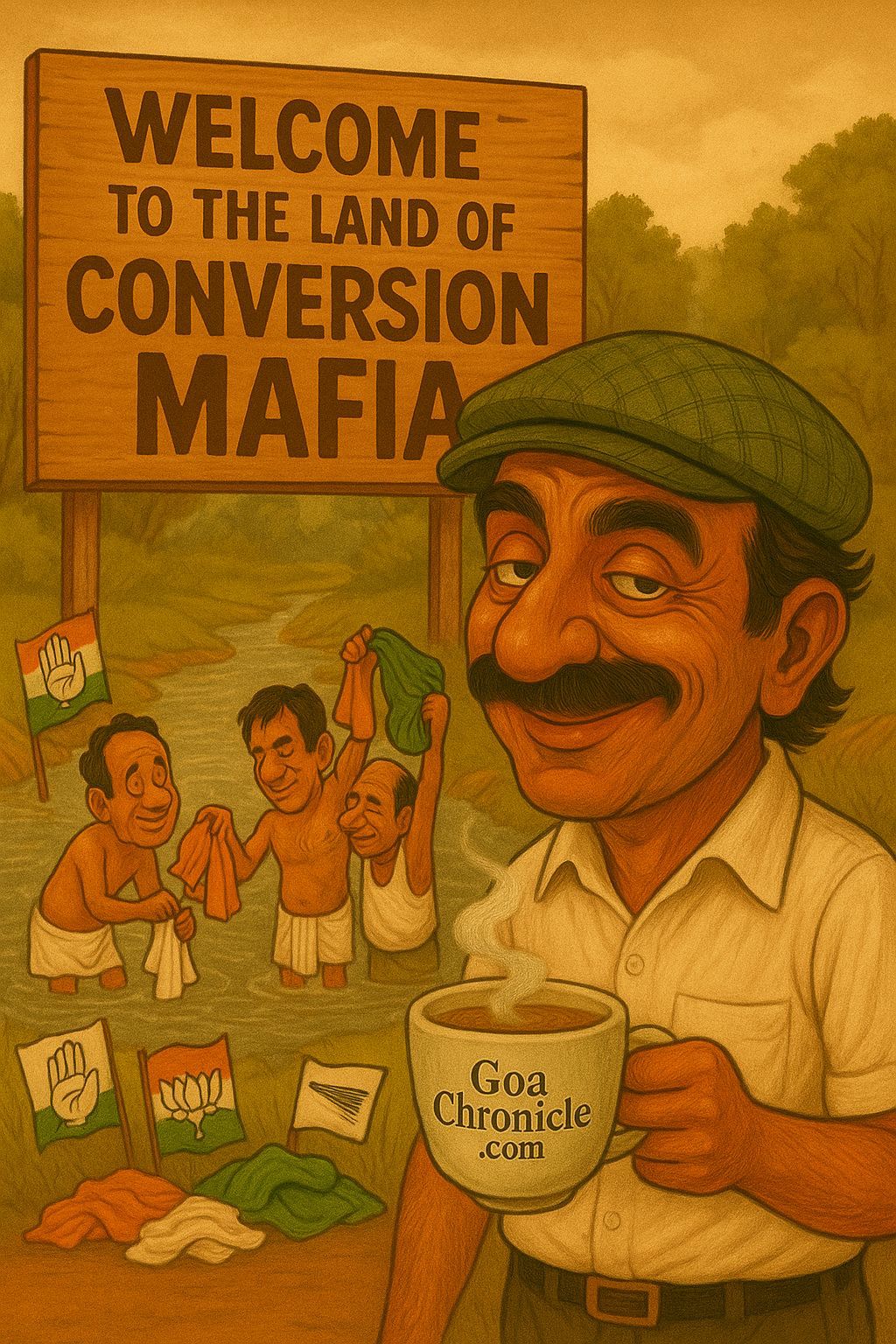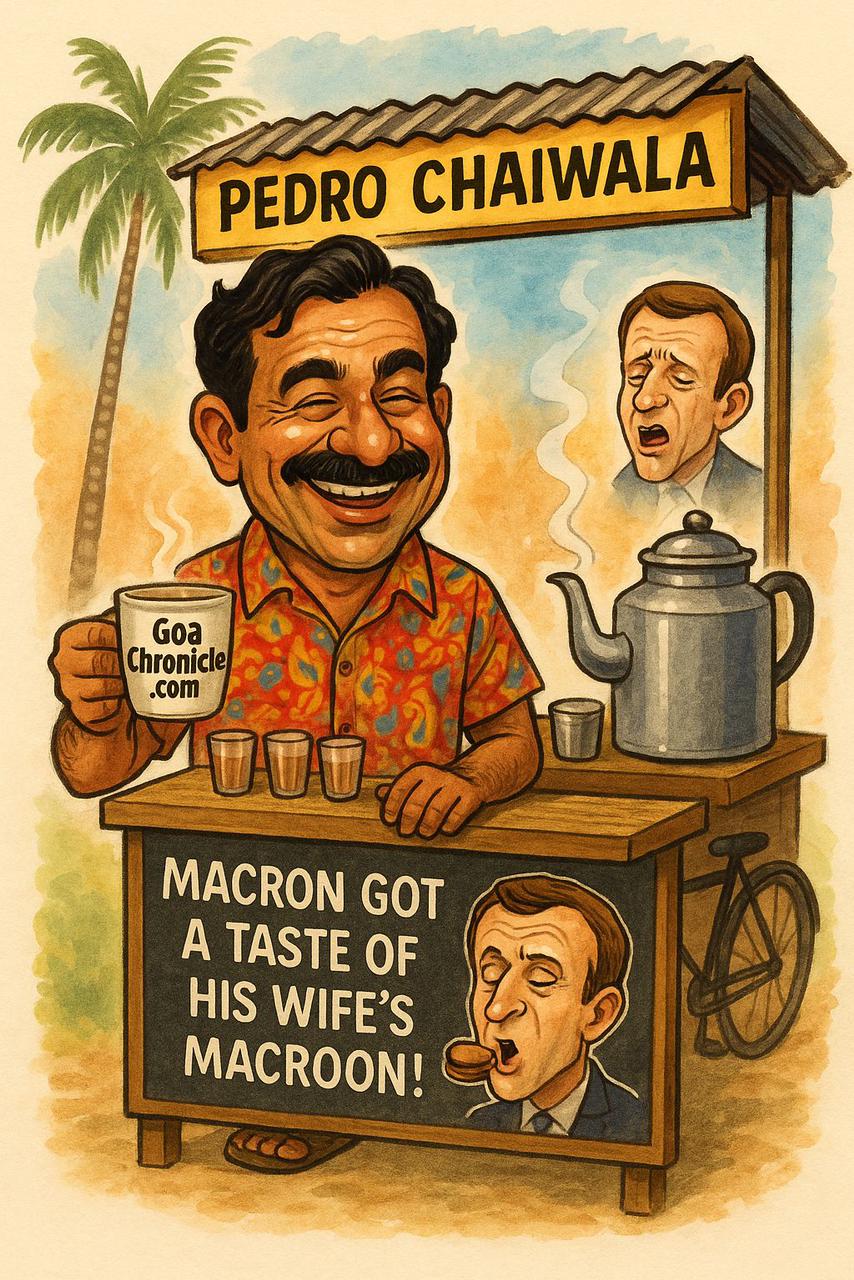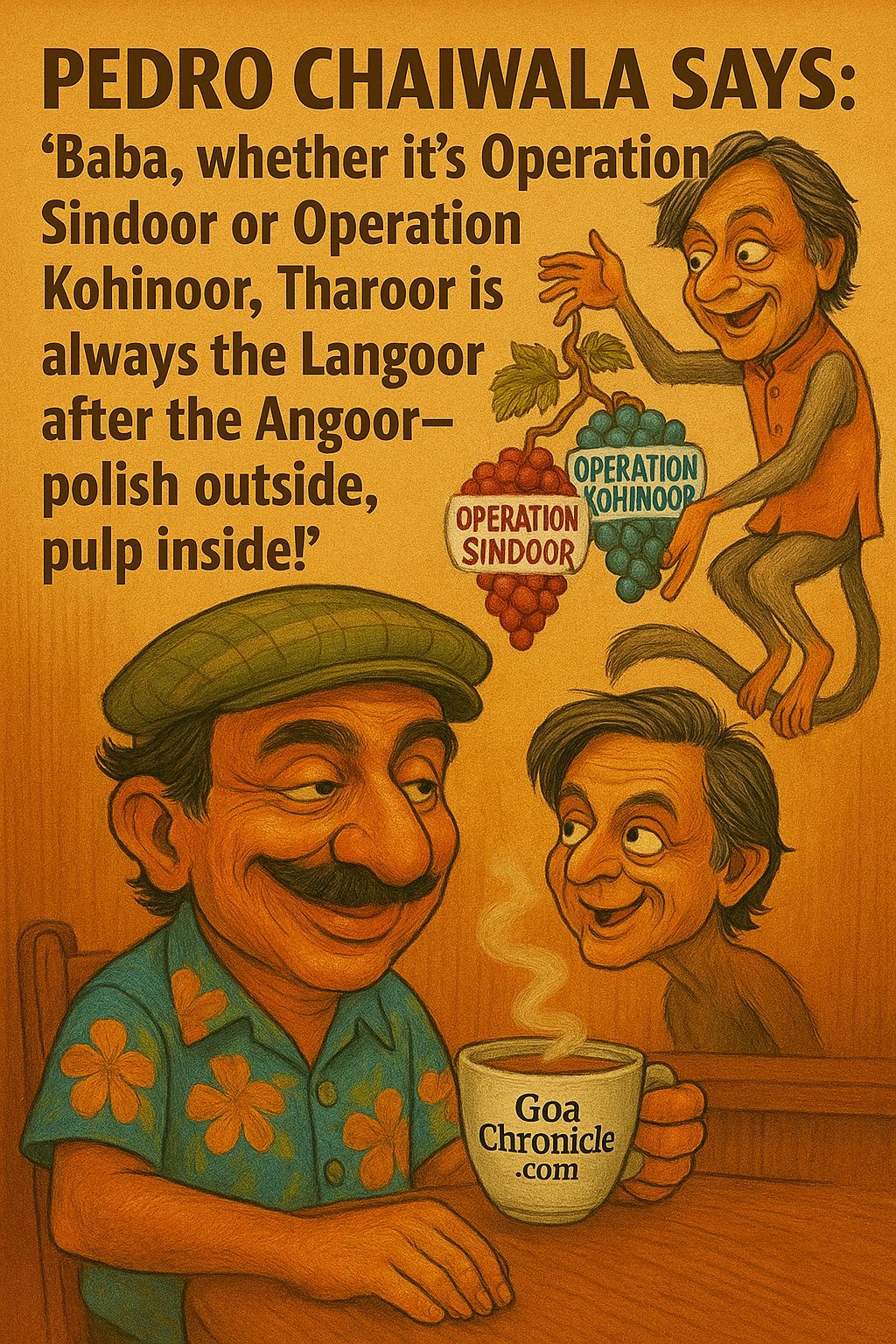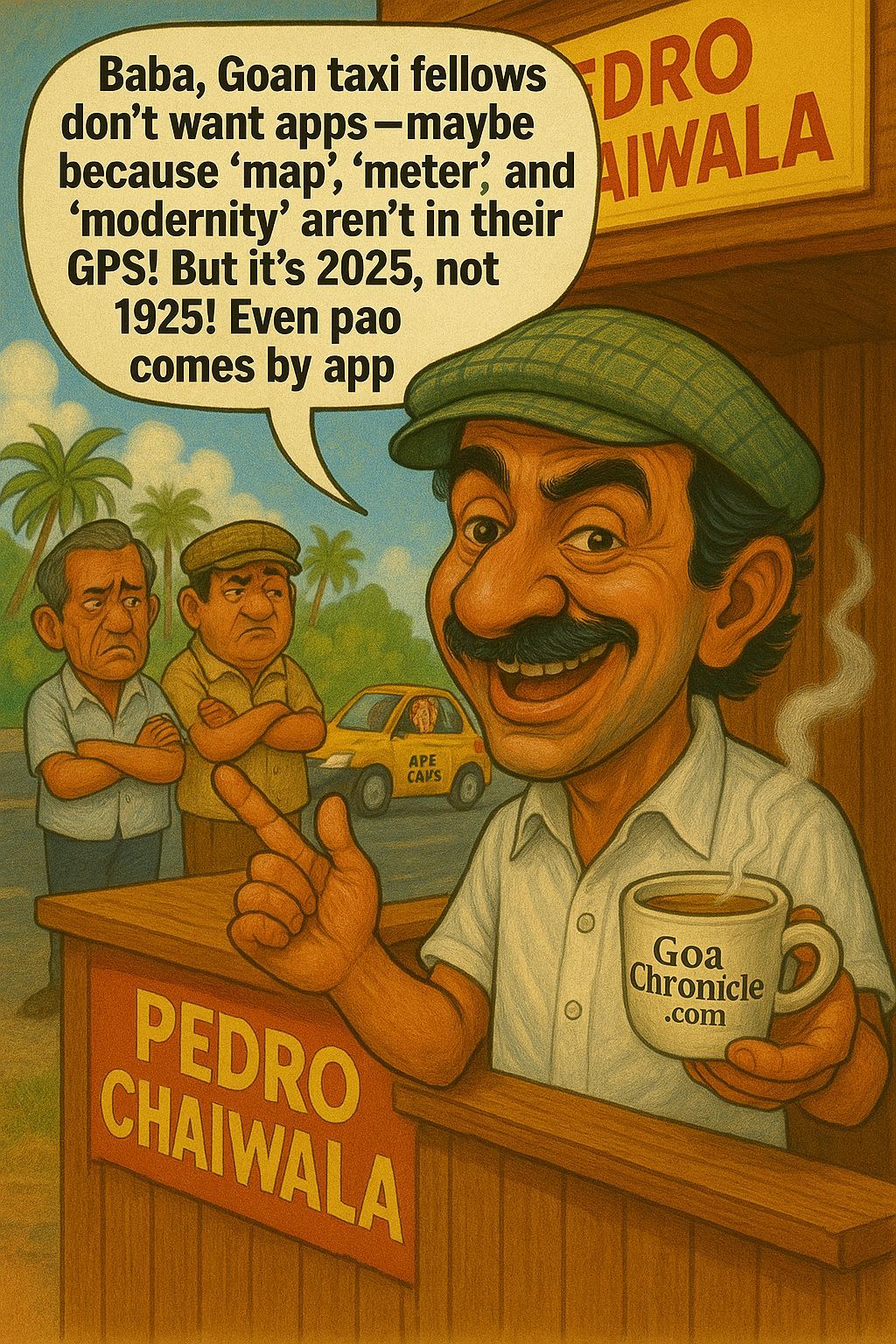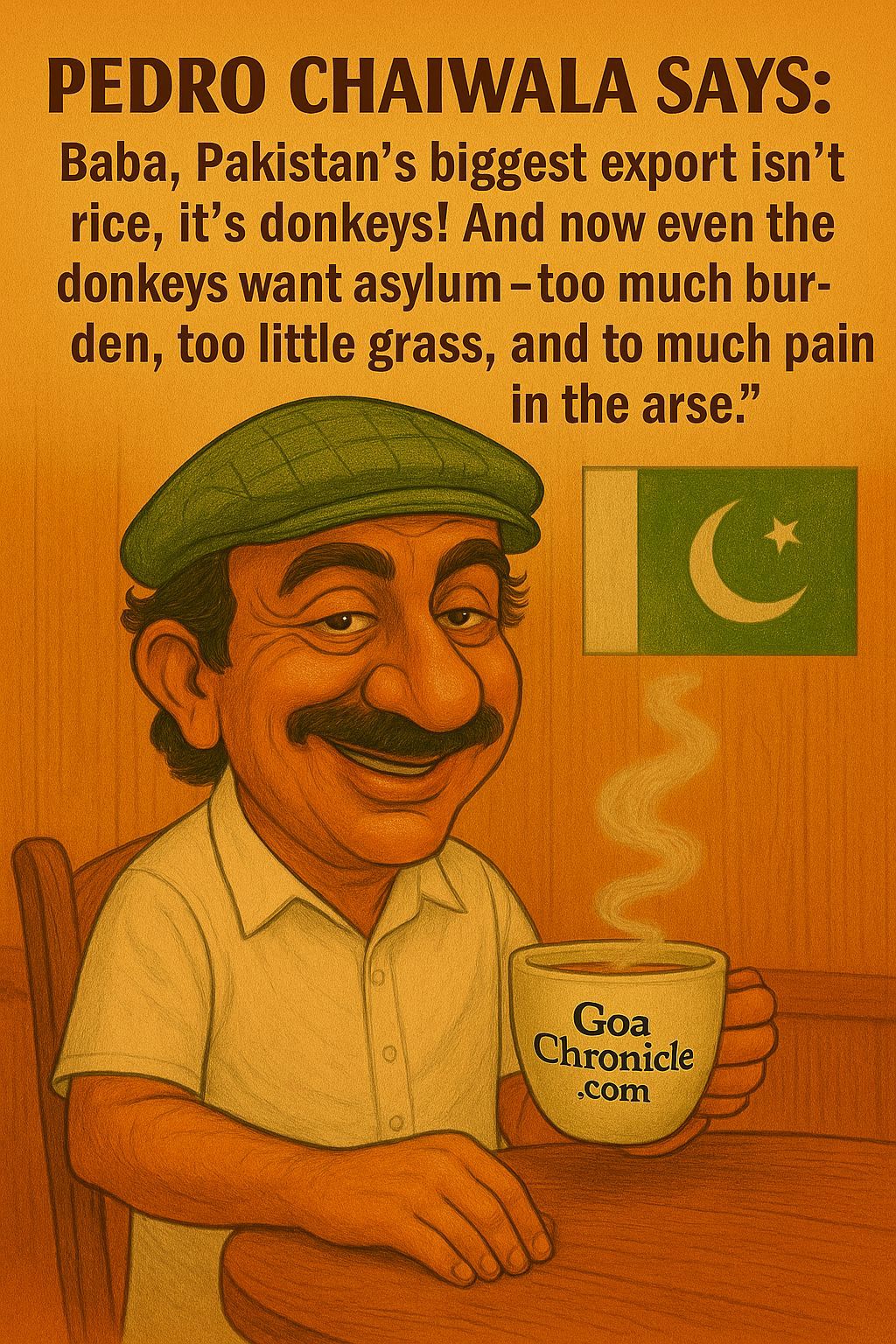Delhi was meant to burn on 6 December.
Those are not dramatic words. They are the cold truth emerging from the investigation into Jaish-e-Mohammed’s “Doctor Module” – a terror unit so clinically organised that even seasoned intelligence officers describe it as one of the most meticulously engineered terror conspiracies uncovered in recent years.
At a time when the national capital appears calm on the surface, this module was preparing to unleash chaos. Serial blasts at six to seven locations, chemical-enhanced IEDs, trained operatives, compartmentalised roles, and a symbolic date chosen deliberately for maximum psychological shock. The planning was not emotional; it was calculated. It was not spontaneous; it was systematic. It was not amateur; it was specialised.
The plot was executed in five tightly controlled phases, each revealing how Pakistan-backed terror groups have evolved from crude bomb-makers into something resembling a militarised corporation. The Jaish-Ansar structure created here was not just a gang of radicals. It was a full-fledged organisational unit with a recruitment pipeline, logistical backbone, manufacturing capability, and operational discipline.
The first phase – the formation of the Jaish-Ansar module – is where the story begins. This team did not emerge overnight. It was assembled brick by brick, using a hybrid model where Jaish-e-Mohammed provided ideological command and cross-border direction while Ansar-linked local foot soldiers supplied logistical muscle. Each recruit belonged to a specific category: some were tasked with scouting Delhi; others with assembling chemical bombs; others with transportation; and a final set with executing the terror attacks.
What is disturbing is not just that they were radicalised, but that they were organised. This was not the stereotypical hot-headed youth shouting slogans. This was terrorism re-engineered for the 2020s: silent, decentralised, encrypted, and extremely effective.
Once the module was operational, Phase Two started – the procurement of explosive materials. The investigators traced a carefully built supply chain running through Nuh and Gurugram. These regions have for years seen the rise of underground networks facilitating illegal arms, crime syndicates, and shelter routes for fugitives. But the “Doctor Module” pushed this ecosystem into a more dangerous zone: acquiring chemical components needed for high-intensity IEDs.
This is the part most people gloss over. Terrorism is not just ideology. It is logistics. And logistics require safe zones, anonymity, and local collusion. Nuh and Gurugram facilitated exactly that. From procuring materials to storing them, the supply chain functioned with the precision of a well-run warehouse network. It confirms what security professionals have been warning for years: radicalisation may be ideological, but execution is infrastructural. The ideologues sit across the border; the infrastructure, unfortunately, grows inside India.
With materials in hand, Phase Three began – the manufacture of chemical IEDs and simultaneous reconnaissance of Delhi. This is where the module earned its sinister nickname. The bombs were not traditional devices. They were chemically enhanced IEDs designed to produce maximum fire, heavy smoke, and prolonged chaos. Such devices are harder to detect, harder to defuse, and far more devastating in crowded urban settings.
While a team worked on assembling these devices in rented rooms and abandoned spaces, another team quietly mapped Delhi. This reconnaissance was military-grade. They tracked CCTV locations, studied police patrol cycles, examined crowd density at different hours, analysed escape routes, and even monitored mobile network blind spots. This was not curiosity. This was battlefield preparation.
Phase Four took the operation into its final stage: distribution of the assembled bombs among operatives. And here again, the sophistication is striking. No operative was given more than one device. No single individual knew the entire plan. Roles were compartmentalised to the extent that even if one operative was caught, the larger conspiracy would remain intact.
This is the modern global terror template – decentralised actors executing centralised commands. ISIS used this model in Europe. Pakistan-backed outfits have perfected it in Kashmir. And the “Doctor Module” was implementing it in Delhi. Every member received instructions on timing, location, delivery mechanism, and whether they were expected to escape or die. It was terrorism’s last-mile delivery system – silent, efficient, and horrifyingly effective.
Everything converged toward Phase Five: the planned serial blasts across Delhi on 6 December. This date was not accidental. Terror outfits obsess over symbolism because symbolism creates psychological impact. A series of coordinated blasts across crowded markets, transport hubs, and public spaces on that date would have paralysed the capital’s nerves. The goal was not merely to kill. The goal was to create panic that lingers, inflame communal tensions, disrupt political stability, and send a message to Pakistan’s domestic audience that Jaish-e-Mohammed remains capable of high-impact operations despite global scrutiny.
Multiple blasts in a dense city like Delhi would have triggered a chain reaction – rumours, fear, lockdowns, clashes, economic shutdowns, and political outrage. It was designed to hurt India not just physically but emotionally and psychologically.
But what saved Delhi was not luck. It was intelligence work, surveillance, human assets, and timely coordination across agencies.
Critics often shout that Indian agencies are incompetent or politically subservient. But the quiet truth is that the lives saved by operations like this will never make headlines, because success in counter-terror operations looks like nothing happening. The public only sees silence; the agencies see the catastrophe they prevented.
The “Doctor Module” exposes several uncomfortable truths about India’s security landscape. Pakistan’s terror industry has become more sophisticated, more scientific, and more corporate in its structure. Local support networks inside India are evolving into logistical cartels capable of aiding terror groups. Radicalisation is no longer loud or visible – it’s silent, encrypted, and algorithmically driven. And terror outfits are no longer dependent on cross-border infiltration alone; they have learned how to grow roots inside India’s vulnerable regions.
Delhi will wake up peacefully on 6 December because the plot was crushed before it reached execution. But this success should not lull us into complacency. Terror modules don’t disappear because one cell is neutralised. They adapt, regroup, re-strategise. And Pakistan’s deep state – the factory that manufactures these groups – continues to operate with impunity, investing in asymmetric warfare as a state policy.
The lesson from the “Doctor Module” is simple: India cannot afford to relax. Not when terror is evolving. Not when local ecosystems can be exploited. Not when symbolism continues to drive hatred across borders.
We were saved this time. But the war persists. The cracks exist. The question is whether we will strengthen them now – or wait for another day when we realise, once again, how close we came to disaster.






